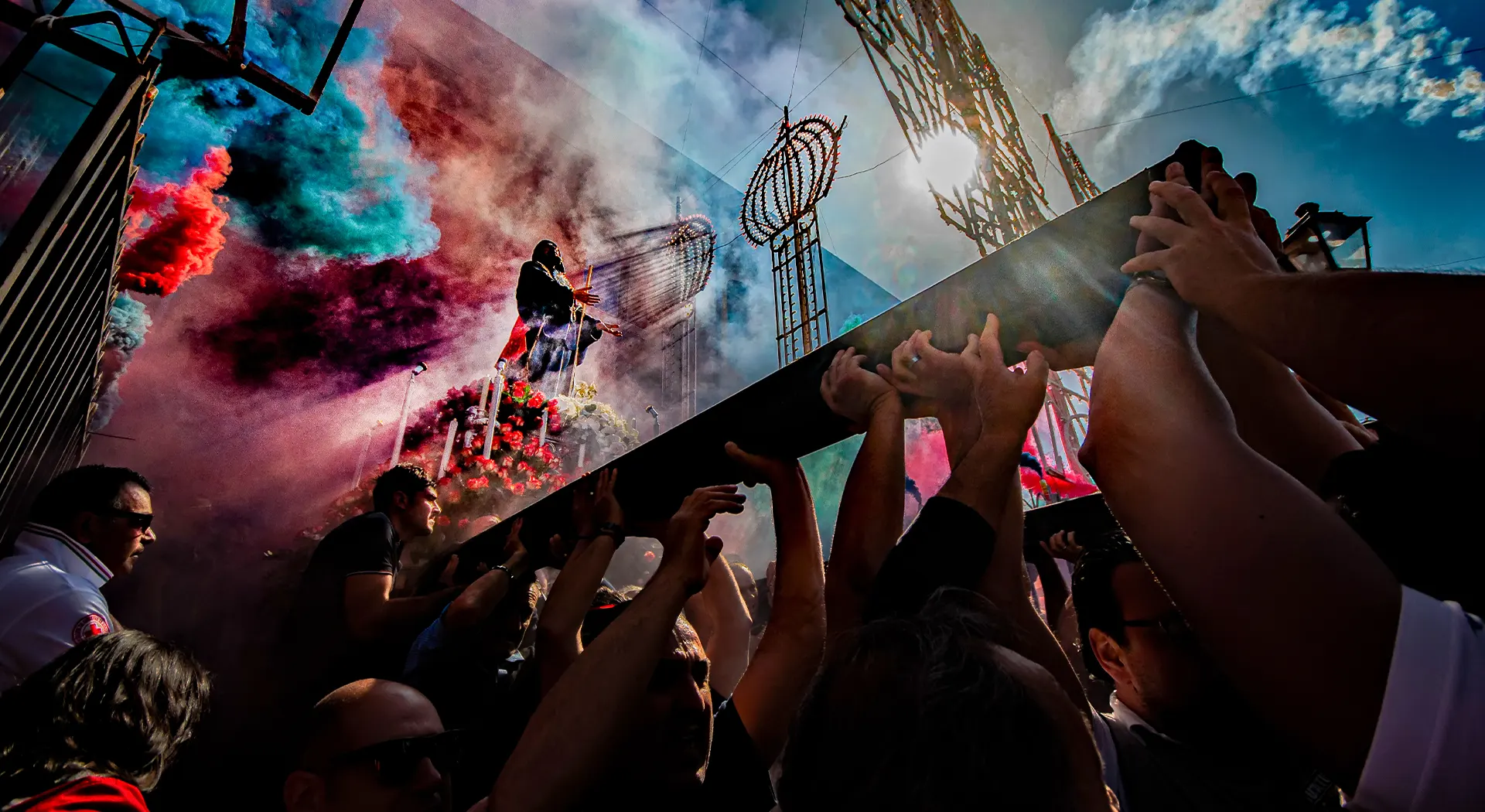


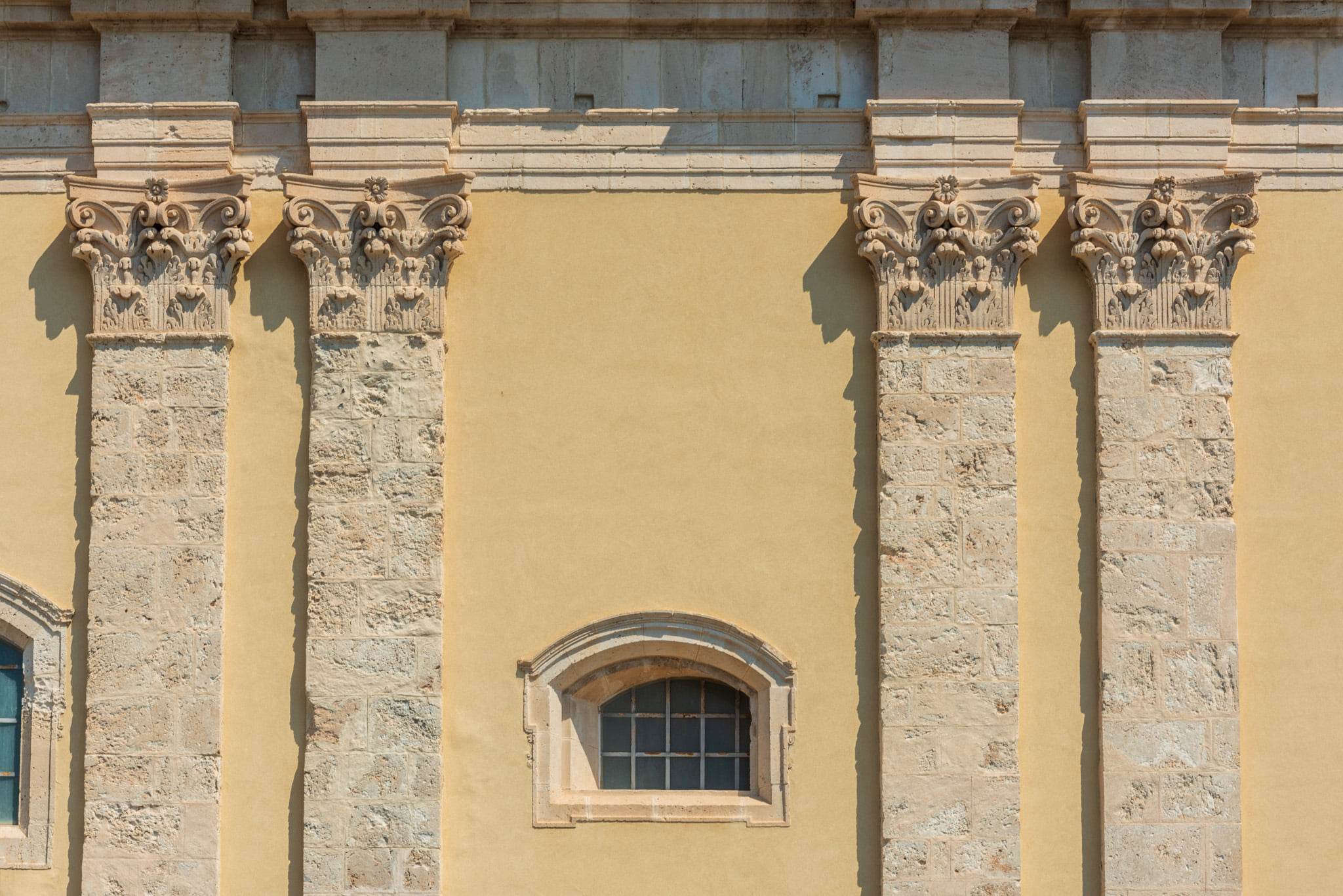 Churches, Palaces, Museums...
Churches, Palaces, Museums...
MILAZZO
The city of Milazzo is located between two gulfs, that of Milazzo to the east and that of Patti to the west. Founded by the Greeks around 716 B.C. and recognized as a Roman civitas by 36 B.C., the city was at the center of history even during the First Punic War (260 B.C.), and in July 1860 with the arrival of the “red shirts” of Giuseppe Garibaldi in the great Battle of Milazzo. There are many testimonies and symbols of the city’s thousand-year history. The town is part of the circuit of the most beautiful villages in Italy as an honorary guest. Thanks to its favourable geographical position it is an ideal starting point for the Aeolian Islands. Milazzo is rich in great historical and artistic value. There are countless points of interest to visit, including religious, civil and archaeological sites such as: the fortified citadel and the castle, the cathedral, the sanctuary of San Francesco di Paola, the church of Santa Maria Maggiore, Palazzo D’Amico, the promenade Garibaldi, the Borgo Antico, the statue of Luigi Rizzo, Piazza Roma etc. The jewel of the town is the naturalistic and landscape aspect. In addition to the beautiful beaches on both sides (west and east), Milazzo boasts a natural area among the most suggestive of Italy: Capo Milazzo (a marine nature reserve) fascinating for its biodiversity, bathed by crystal clear waters and characterized by a breathtaking landscape, from which you can admire the fantastic view of the Aeolian Islands.
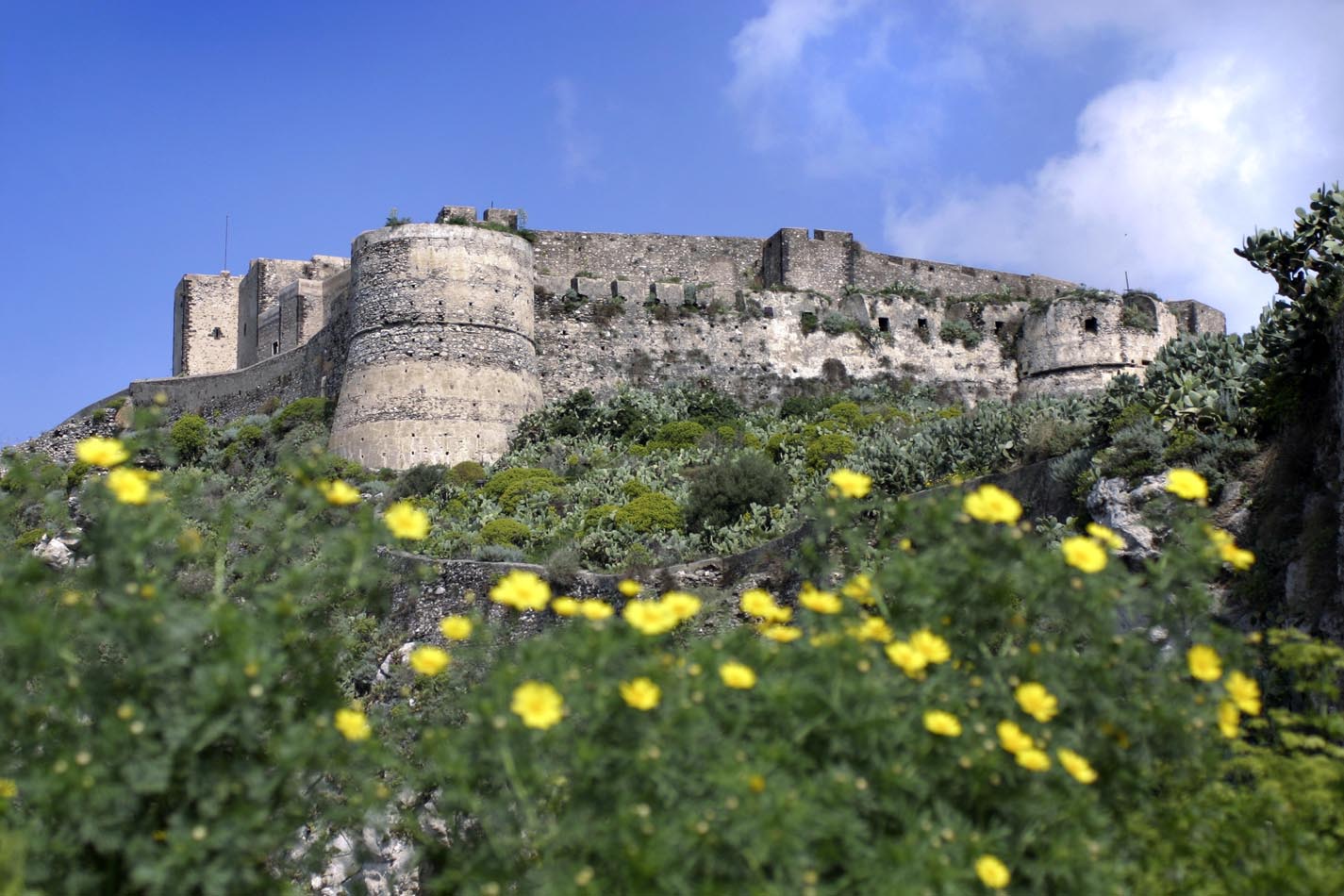
The Castle
The fortified citadel, commonly known as the 'Castle', stands on the site of early Greek, Roman, Byzantine and Arab settlements...
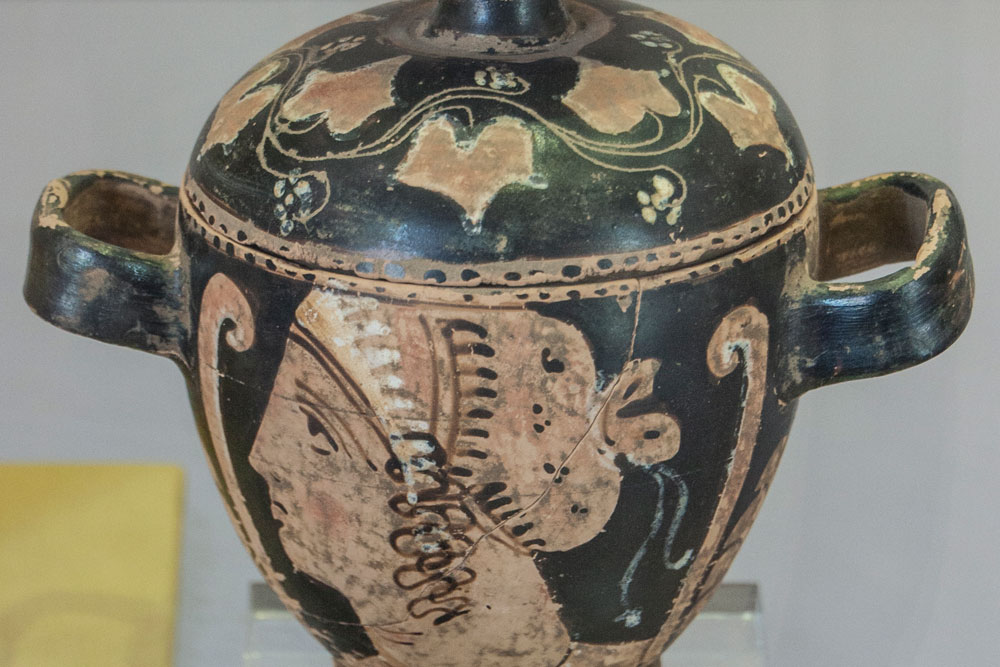
Archeology
Prehistoric sites, tombs, necropolis... The history of Milazzo begins with the first human settlements in the Neolithic Age (4000 BC).
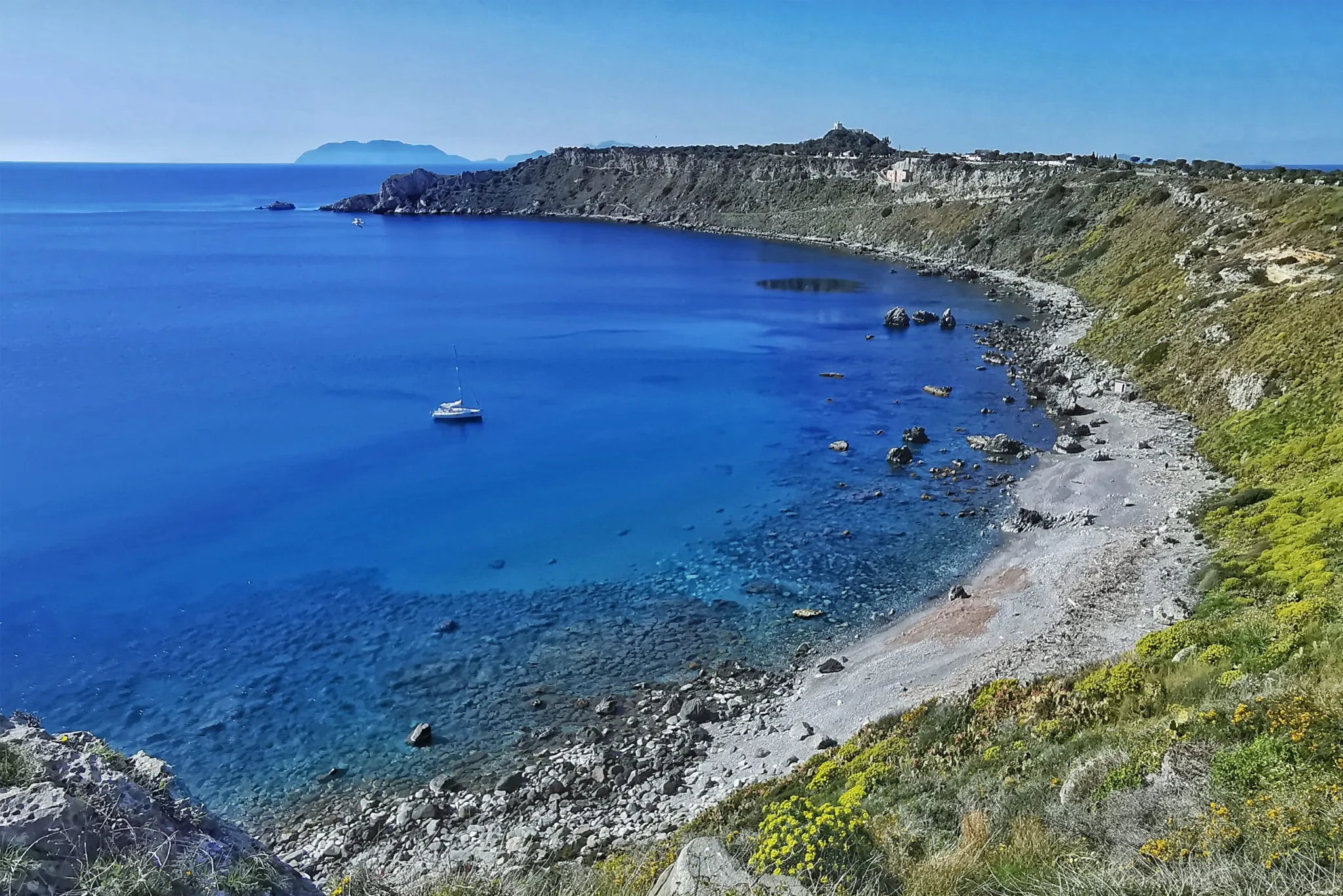
Nature
Nature trails, Marine Protected Area, flora and fauna of a unique ecosystem.
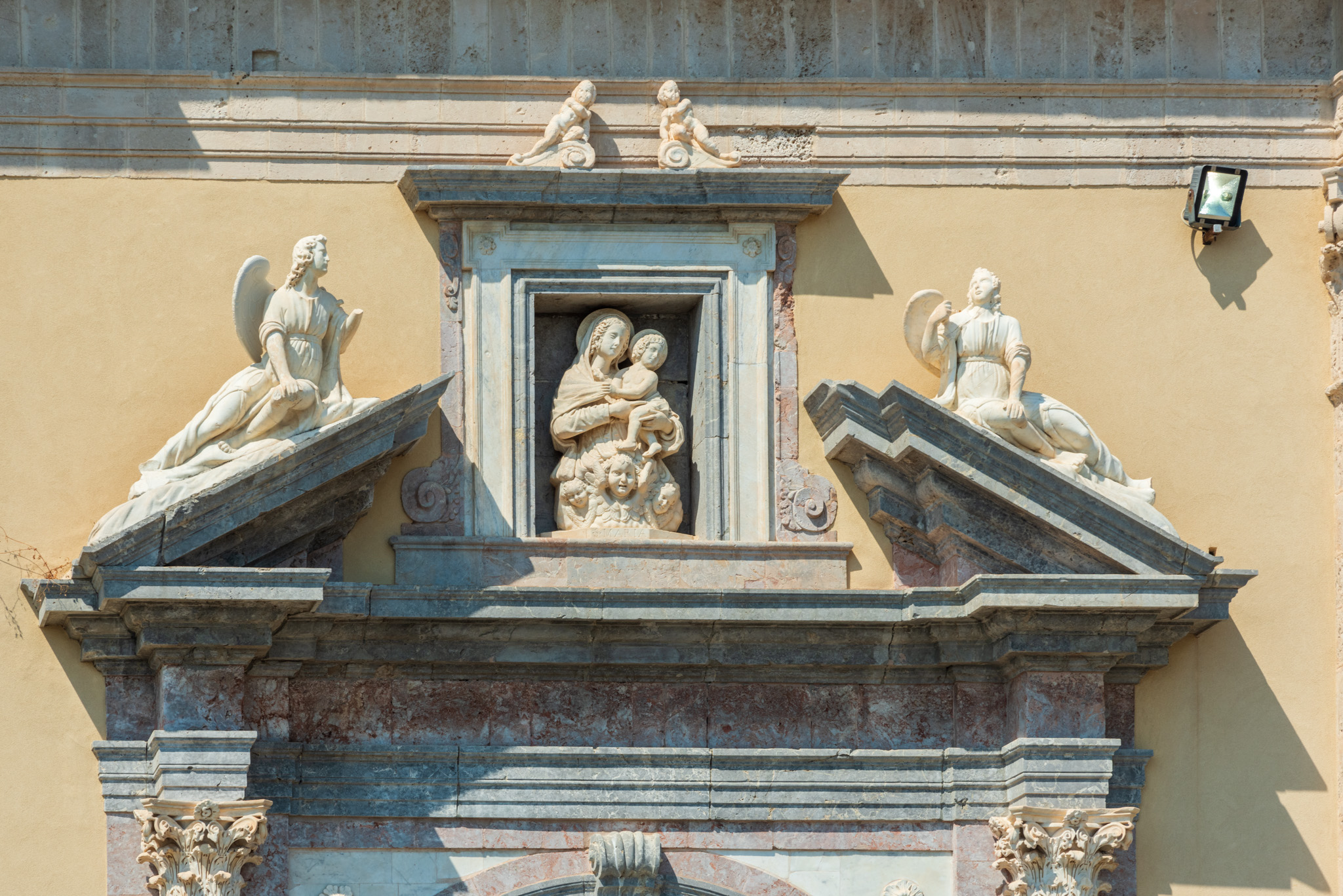
Churches
Most of the places of cult built in the Aragonese and Spanish periods with various subsequent remodelling...
Views of the City